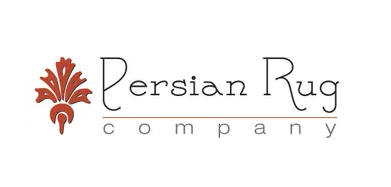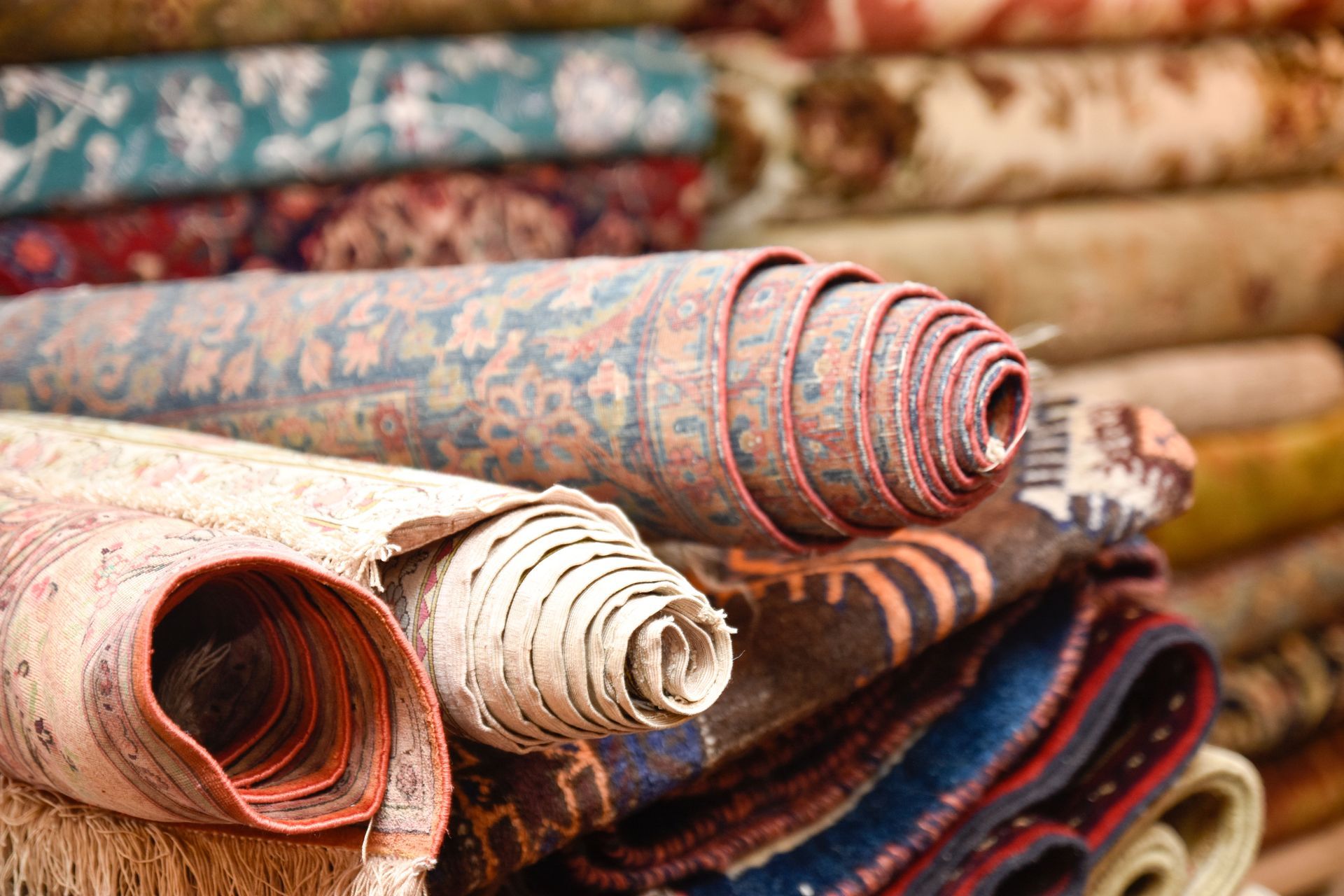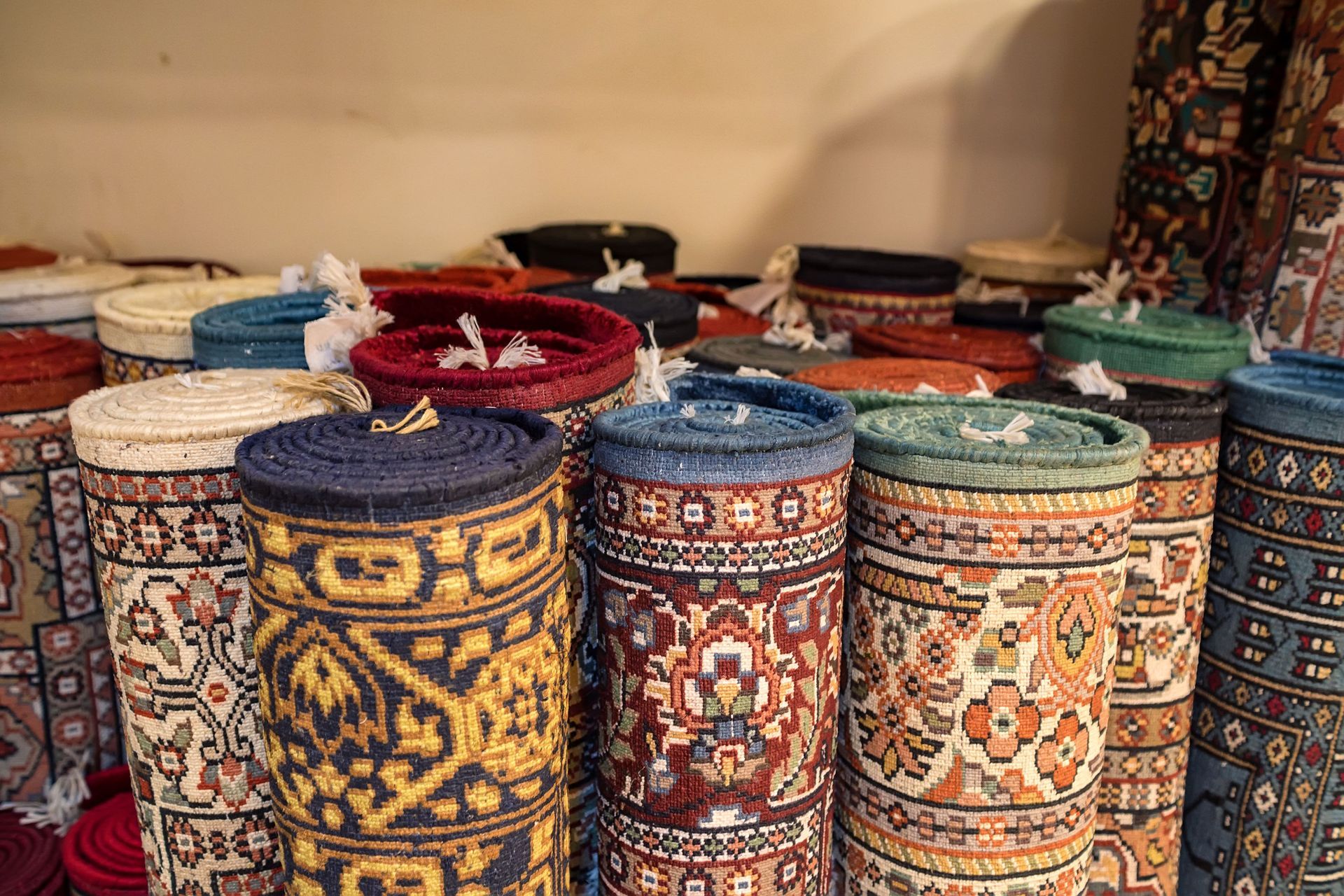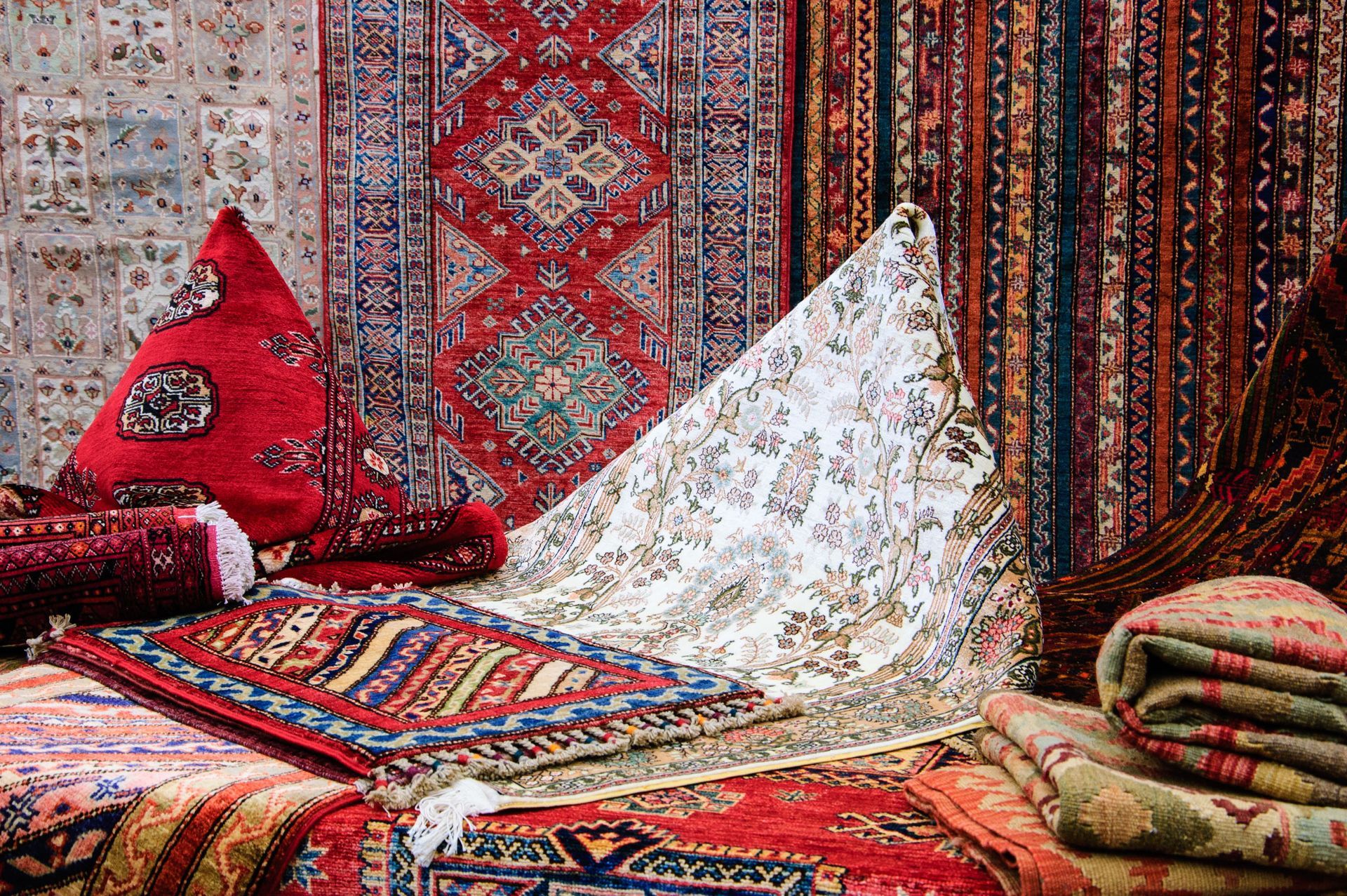From Floor to Fashion: How Persian Rugs Have Inspired Designers on the Catwalk
Explore the journey of Persian rugs from traditional handcrafted tapestries to their modern influence on high fashion. This article delves into how these intricate works of art have transcended cultural and stylistic boundaries, inspiring fashion designers around the globe. As icons of luxury and artistry, Persian rugs have moved beyond their conventional uses, affecting numerous aspects of design and culture. Their rich textures and elaborate patterns have made them a constant source of inspiration. In the domain of high fashion, the allure of Persian rugs has continually shaped trends, bringing a touch of tradition into the freshest designs.
The Historical Significance
These rugs originated in the heart of ancient Persia, now modern-day Iran, and have a history dating back over 2,500 years, according to the Tehran Times. These handwoven masterpieces were initially created for practical purposes, providing warmth and comfort in homes. Over time, they became symbols of art and prestige, revered for their intricate designs and craftsmanship. Each region of Persia developed unique styles and techniques, contributing to a vast diversity in design and pattern. Today, Persian rugs are celebrated globally for their aesthetic beauty and historical significance.
Romans and Greeks were among the early adopters of Persian rugs outside Persia, having developed a deep appreciation for their quality and design. This admiration facilitated the spread of these rugs across Europe, influencing home decor trends of the time. Persian rugs soon became a status symbol, signifying wealth and sophistication. Today, their influence extends beyond interiors and, according to the BBC, these rugs have not only found their way into households and interiors the world over, but also onto catwalks and concert stages, as well as in scores of artworks. Their journey from floor to fashion showcases their transformative power and widespread appeal.
The symbolic language of Persian rugs is as intricate as the designs themselves. Each motif and pattern carries specific meanings, often reflecting the weaver's thoughts as well as cultural stories. Common symbols include the boteh (a paisley) representing life and eternity, and the tree of life symbolizing immortality. Floral designs are also prevalent, inspired by Persian gardens and symbolizing paradise. The complex patterns are not just artistic expressions but are imbued with cultural and spiritual significance.
Color plays an equally critical role in Persian rug symbolism. Vibrant red signifies courage and happiness, while blue stands for solitude and power. The choice of color and design together tells a story, serving as a tapestry for cultural narratives. Weavers often use colors that are naturally extracted from plants and minerals, making each rug a unique piece of art. This rich palette of colors and symbols has made Persian rugs an inexhaustible source of inspiration for modern designers.
The design language of Persian rugs is so rich that it has been a muse for artists and designers in various fields, including fashion. The ability to convey deep meaning through visual motifs inspires modern design, where form and function meet ornamental beauty. As we immerse these symbols into contemporary designs, we retain a link to their historical roots whilst fostering a new global narrative. These symbols become universal, allowing individuals from different backgrounds to connect through shared appreciation.
The creation of a Persian rug is a testament to the skill and artistry of its weaver. Craftsmanship is paramount, involving meticulous techniques that have been refined and passed down through generations. It begins with selecting the finest wool or silk, which is then dyed using traditional methods. The weaving process is labor-intensive, with each knot carefully hand-tied to form elaborate patterns. This artisanal skill takes years to master, resulting in rugs that are not only beautiful but also durable.
From the selection of materials to the final trimming, each stage of making a Persian rug is vital to its integrity. Weaving techniques vary by region, with local styles impacting the rug's texture and design. These elements combine to give each rug a distinctive character, making it a cherished legacy piece. Persian rugs are an embodiment of cultural identity, and by emphasizing the importance of technique, fashion designers are able to translate the spirit of craftsmanship into their creations. In this way, both rug-makers and designers contribute to preserving and celebrating centuries-old traditions.
Persian Rug Motifs in Fabric Design
Persian rugs are renowned for their diverse motifs and color schemes, each carrying unique symbolic meanings. These traditional patterns, featuring floral, geometric, and nomadic designs, have found renewed purpose in fabric formatting. The delicate balancing of color and motif paints a vivid tapestry, reminiscent of the vibrancy seen in traditional Persian artwork. Blue, red, green, and gold are commonly utilized hues, used both for their aesthetic appeal and cultural significance. Fashion designers selectively incorporate these color palettes into fabric compositions, preserving their historical context while showcasing creativity.
Adopting these motifs within textile design demands considerable insight into the complexities of pattern translation. The process requires balancing modern expectations with age-old traditions to develop products with rich cultural echoes. Fabric designers connect deeply with these classical elements, innovatively adapting them to suit contemporary aesthetics while maintaining their symbolism. This expert integration fosters an expanded appreciation for Persian art, captivating clients across cultural and economic spectrums vividly. Consequently, the enduring appeal inherent in Persian rug motifs propels them into contemporary fabric design with unmistakable impact.
Converting intricate Persian rug designs into wearable art presents unique and creative challenges for textile designers. This process necessitates a precise and intuitive approach that considers the motifs' botanical and geometric complexities. Designers meticulously study these elements, drawing inspiration from their symmetry and fluidity, translating them onto fabrics. By doing so, they capture the timeless artistry of Persian rugs, breathing new life into otherwise modern clothing lines. This transformation from textile to fashion enables consumers to engage with cultural heritages in dynamic and innovative ways.
Techniques like embroidery, digital printing, and weaving are employed to transport classic rug designs into sophisticated clothing outputs. Innovators adeptly transform the depth and texture of a Persian rug into diverse textures suitable for human adornment. This meticulous process marries tradition with contemporary techniques, fostering a sense of connection to cultural legacies while celebrating modernization. The resulting garments echo the artistic intricacies of their inspirations while highlighting the transformative power of fashion art. As these designs make their way into high-street and luxury garments, they sustain the enduring influence of Persian aesthetics in wearable art forms.
The portability of these designs through fashion promises cultural continuity and creative evolution within apparel perspectives. These adaptations transcend mere symbolism; they signify reverence for tradition and innovation's ability to actualize ancient concepts anew. By manipulating and redefining these designs, fashion purveyors transform Persian rug motifs into conduits of nostalgic beauty and potent reinterpretation. In doing so, fashion provides a poignant medium through which these designs remain influential and celebrated in contemporary culture.
The journey of Persian rugs from ancient woven treasures to modern fashion statements demonstrates their timeless relevance and cultural power. What began as handcrafted works of function and beauty has evolved into a global source of artistic inspiration, influencing not only interiors but also high fashion and textile design. The motifs, colors, and craftsmanship that define these rugs carry deep symbolic meaning, and their adaptation into fashion highlights the enduring connection between tradition and innovation. By weaving Persian rug artistry into modern clothing and design, today’s creators honor centuries of heritage while keeping it alive in fresh and dynamic ways. In this sense, a Persian rug is far more than a decorative object—they are cultural storytellers that continue to shape trends, bridge traditions, and inspire new generations across the world. Call Persian Rug Company today for all your Persian rug cleaning and care needs.




Share On: